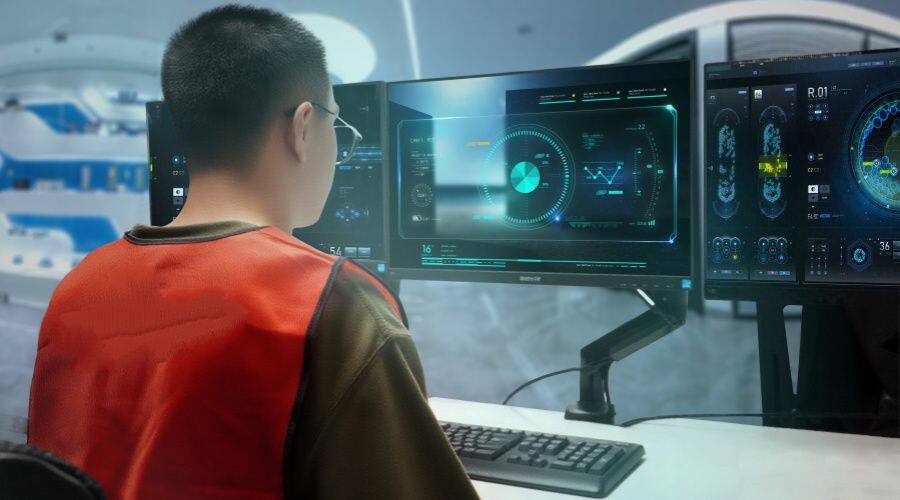-
 Claire
Hi there! Welcome to my shop. Let me know if you have any questions.
Claire
Hi there! Welcome to my shop. Let me know if you have any questions.
Your message has exceeded the limit.

Robotics and Smart Manufacturing: Accelerating Workforce Transformation
2025-09-03 11:46:39
The Rise of Automation in Manufacturing
In recent years, robotics and smart manufacturing technologies have moved from being supportive tools to becoming central players in production. Across industries, companies are increasingly relying on automated systems to perform tasks that once required large numbers of workers. From assembly lines to logistics operations, robots are reshaping the nature of work, offering higher speed, consistency, and efficiency.
China, for instance, has become the world’s largest market for industrial robots, with annual installations exceeding 280,000 units—nearly half of the global total. This rapid growth reflects a broader global trend: businesses are under pressure to improve productivity while dealing with labor shortages and rising wages.
Why Robots Are Replacing Human Labor
Several factors explain why automation is advancing so quickly:
Precision and consistency – Robots can perform repetitive tasks without fatigue, ensuring stable quality.
24/7 operation – Machines can run around the clock, maximizing production output.
Cost efficiency – Although initial investment is high, long-term costs are lower compared to human labor.
Adaptability – Modern robots equipped with AI and vision systems can adjust to changing tasks and environments.
For industries such as electronics, automotive, and logistics, this shift is not just an option but a necessity to stay competitive.
The Role of Smart Manufacturing
Smart manufacturing takes automation one step further by integrating AI, IoT, and data analytics into the production process. This approach enables:
Predictive maintenance, reducing downtime by identifying equipment failures before they happen.
Flexible production lines, capable of adapting to new product designs quickly.
Data-driven decisions, improving efficiency and reducing waste.
Technologies like digital twins, collaborative robots (cobots), and embodied AI are redefining how factories operate. Instead of rigid, linear workflows, smart factories are becoming intelligent ecosystems that can learn and optimize themselves.
Impact on the Workforce
While automation creates new opportunities in robotics engineering, software development, and system integration, it inevitably reduces the demand for traditional labor in repetitive and low-skill tasks. This raises both opportunities and challenges:
Upskilling needs – Workers must transition to roles requiring technical knowledge and problem-solving skills.
Labor market restructuring – Some jobs will disappear, but new ones will emerge in fields like robot maintenance and AI system management.
Societal implications – Governments and businesses must work together to manage workforce displacement through training programs and policy support.
Global Competition and the Future
Leading automation players such as ABB, Siemens, Fanuc, and KUKA are pushing the boundaries of robotics, while Chinese companies like Inovance, Siasun, and Mech-Mind Robotics are rising quickly with cost-effective solutions. This global competition is driving prices down, making advanced automation accessible to more manufacturers worldwide.
Looking ahead, the combination of robotics, AI, and smart manufacturing will continue to accelerate the replacement of traditional labor. Instead of asking if robots will replace workers, the key question is how quickly industries and societies can adapt to this inevitable transformation.
Contact Information
Wechat: +86 18030132586
Whatsapp: +86 18030132586
Mobile: +86 18030132586
Email: cn@mooreplc.com
KW 40
KW 60
KES 120
20G11R C 2P1
150-F43NBDB
6155R-NP2KH
2198-H015-ERS
2098-IPD-150-DN
2098-DSD-HV050X
AMKASYN AF180-S
6SG6410-2CA75-ZA76
20A C 3P5A 0 AYNANNN
20A C 8P7F 0 AYNANNN
Tags: Smart Manufacturing, Robotics, Automation

